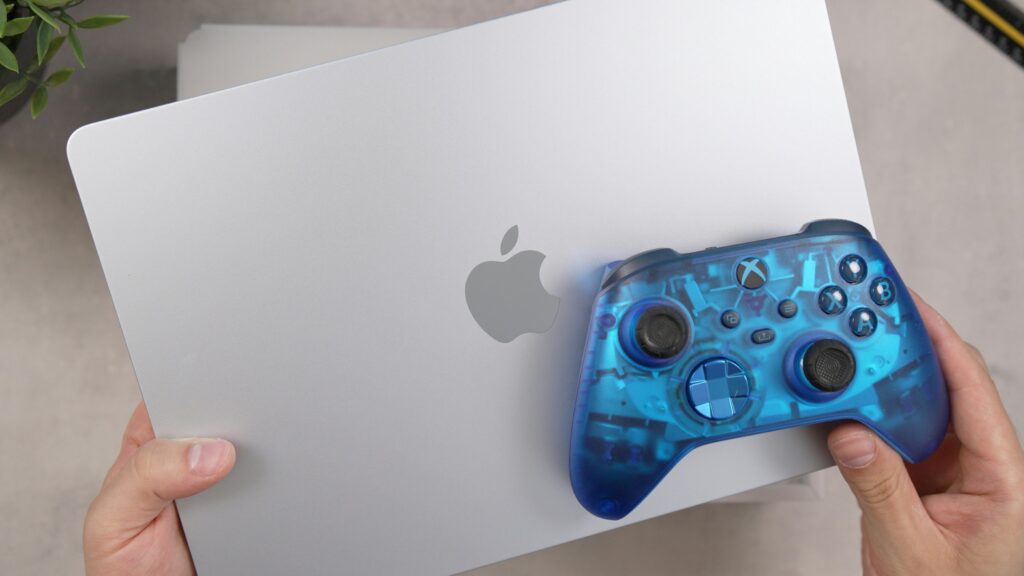The Future of 3D Printing etrstech: Core Advancements
1. Speed and Volume Improvement
Past: Slow, desktop machines. Days spent on one part. Present/Future: Multihead printers, faster sintering, and continuous belt platforms. Parallel production of multiple components in one run. Print farms automate everything—robots remove parts, QC scanners check quality, software manages the entire build queue.
2. MultiMaterial, HighPerformance Printing
Early printers: One feed, one plastic. Now: Print metals, ceramics, glass, composites. Dualmaterial (or more) extrusion enables embedded electronics and functionally graded structures. Medical bioprinting gains traction: tissues and scaffolds customized to patient anatomy, with regulatory frameworks catching up.
3. Digital Design and AI Integration
Generative design lets engineers plug in constraints and let algorithms propose efficient, lightweight structures—parts unbuildable except via additive. Simulation and failure prediction are automated: digital twins help anticipate build issues before a single layer is deposited. The future of 3d printing etrstech includes selflearning print routines that adapt midjob, optimizing speed and quality.
4. Distributed, OnDemand Manufacturing
Printonlocation is a reality: military logistics, remote hospitals, or disaster zones receive digital files, print urgent parts onsite, bypassing shipping delays and customs. New business model: Digital inventory replaces physical stockpiling; supply chains shrink, localize, and become antifragile. Blockchainbased file management adds security and IP control for decentralized part production.
5. EcoEfficient and Circular Workflows
Additive is inherently less wasteful—material added only where needed, not removed from a billet. The future is closedloop: scrap and failed builds reprocessed as fresh feedstock, pushing for zerowaste operations. Biobased and recycled polymers, plus energyefficient printers (less thermal loss), align with industrial sustainability mandates.
6. Construction and Infrastructure
Largescale 3D printers build bridges, homes, apartment complexes using concrete and composite blends. Emergency shelter in disaster relief produced onsite using regionally sourced, printable material. Designs can be adjusted in real time—architecture becomes iterative, and modularity puts mass housing within reach.
7. Quality Assurance and Certification
Inline monitoring—ultrasound, xray, and camera arrays scan each layer, logging every build error or anomaly. Automated test and feedback means less human error; parts can be certified by software log, not just afterthefact inspection. Regulatory frameworks are catching up—especially in aerospace and medical, where additive parts are now certified for missioncritical roles.
8. Personalized Products at Scale
Dental, orthopedic, and prosthetic devices are now customfit, printed directly from patient scans. Automotive and aerospace firms prototype fast, then pivot to finalbuild on the same equipment. Consumer goods (shoes, eyewear, phone cases) manufactured in endless combinations, resilience tested as easily for one as for a thousand.
9. AI and Workflow Automation
Smart parts: Printers embed sensors and chips, enabling structural health monitoring and predictive maintenance. Advanced print software autoadjusts orientation, slice, and support structure for each part, squeezing out every efficiency. Logistics and printfarm operation managed by AI—no downtime, instant rerouting for urgent jobs.
10. OpenSource and Education
Affordable, robust opensource printers and design libraries make iterative engineering (fail, test, adapt, repeat) accessible to startups and schools. Printondemand innovation spaces enable new inventors and rapid field testing.
The future of 3d printing etrstech democratizes manufacturing and accelerates the pace of invention.
Barriers and Bottlenecks
Speed vs. accuracy: Not all highspeed processes deliver aerospacelevel tolerance. Material cost: Metal powders and advanced polymers remain expensive. Standardization: Critical for mass adoption; new ISO standards are tightening the gap. Workforce literacy: Engineers and technicians must adapt to new design and QA workflows.
Discipline, not just funding or raw innovation, is the real bottleneck.
NextGeneration Breakthroughs
Hybrid machines: Print, machine, assemble—single operation, multifunction. 4D printing: Parts selfassemble, shift, or adapt to stimuli postbuild. Nanoprinting: Building at scales and with precision impossible by human hands. Tissue and organ printing: Completely customized, functional medical implants.
Final Thoughts
3D printing’s future is about relentless refinement—faster, smarter, and more sustainable production tied to real, not virtual, value. The future of 3d printing etrstech will be defined by those who master automation, material science, and local, ondemand manufacturing—not those chasing hype cycles. Success will belong to firms that combine discipline, design rigor, regulatory sophistication, and a readiness to fail, learn, and iterate. Real leadership in additive comes not with flashy demos, but with steady, measured advances that quietly rewrite the rules of industry.





